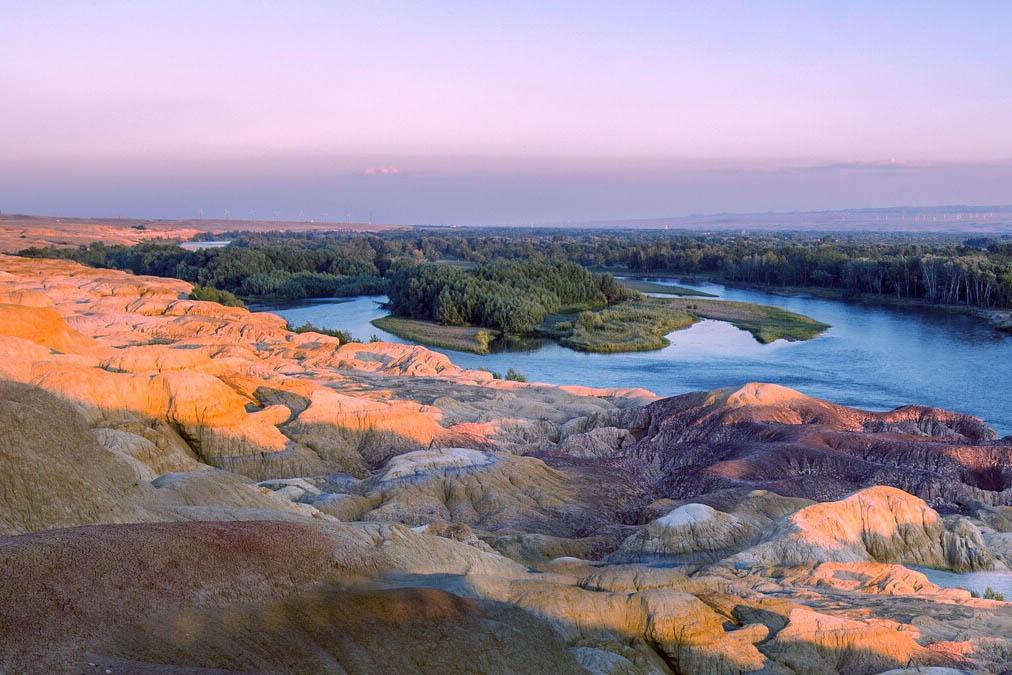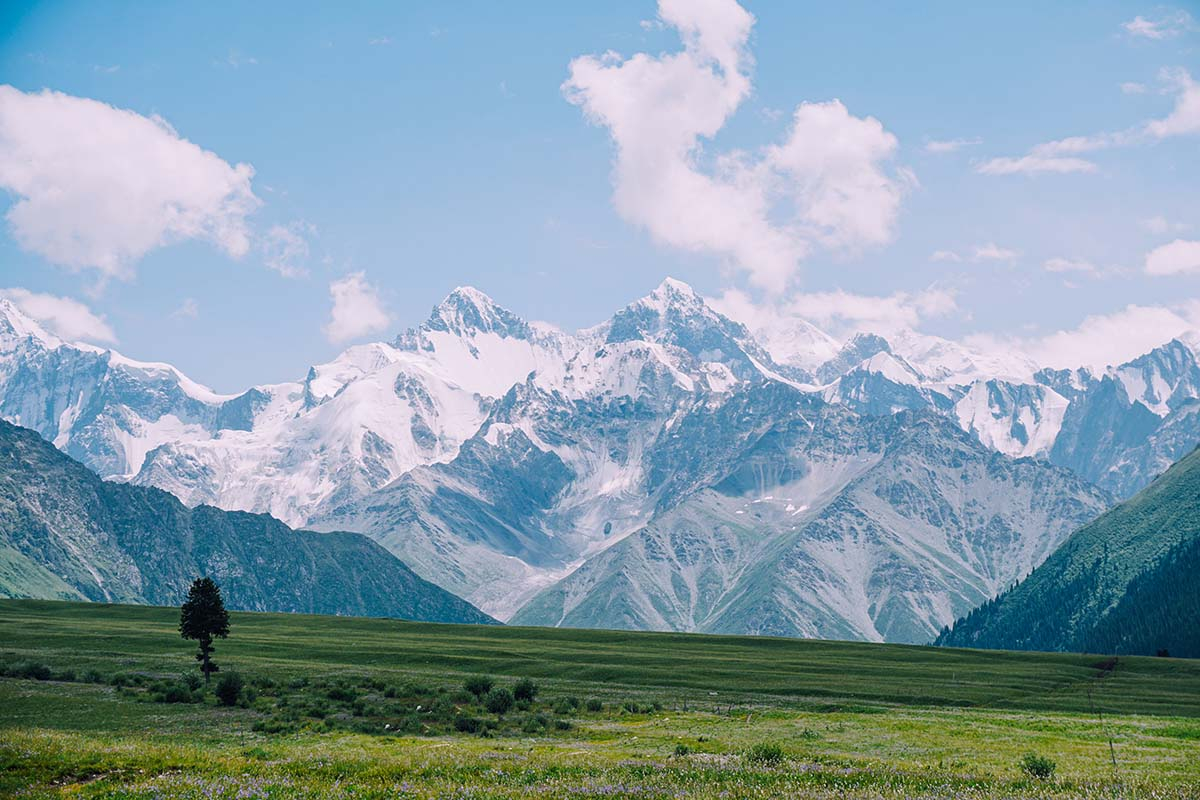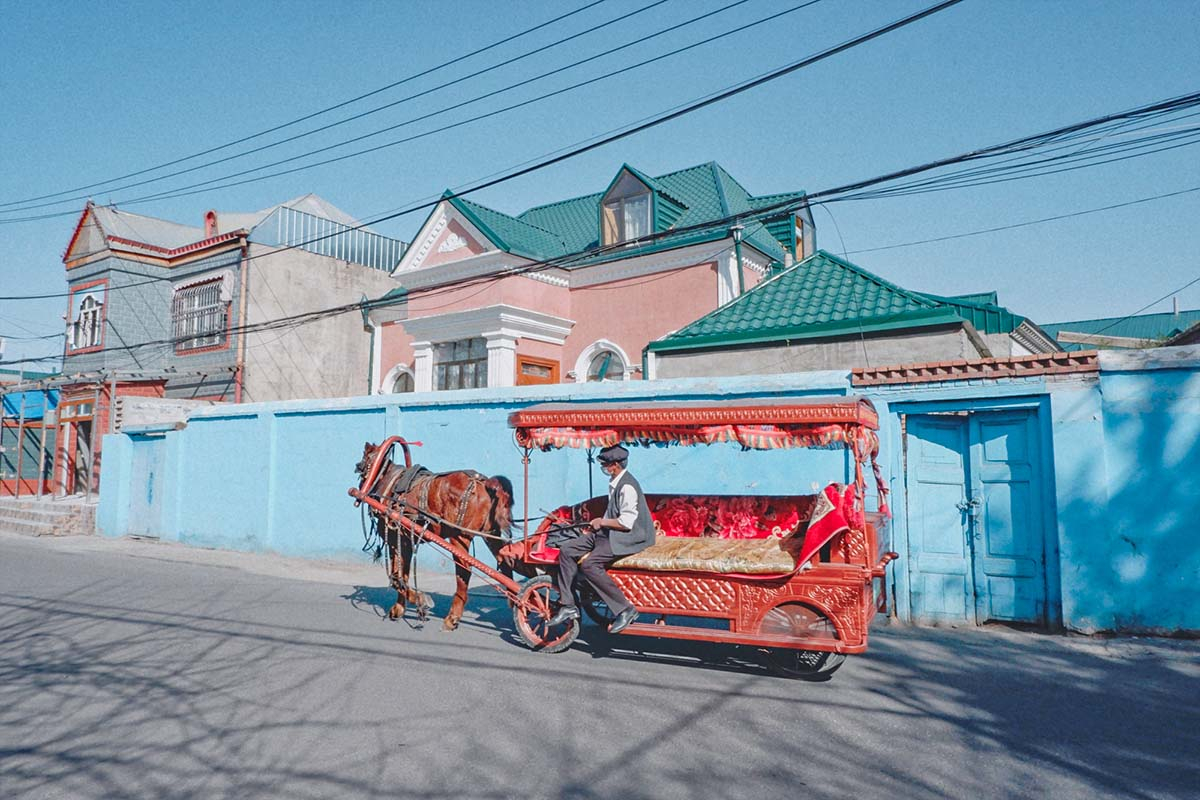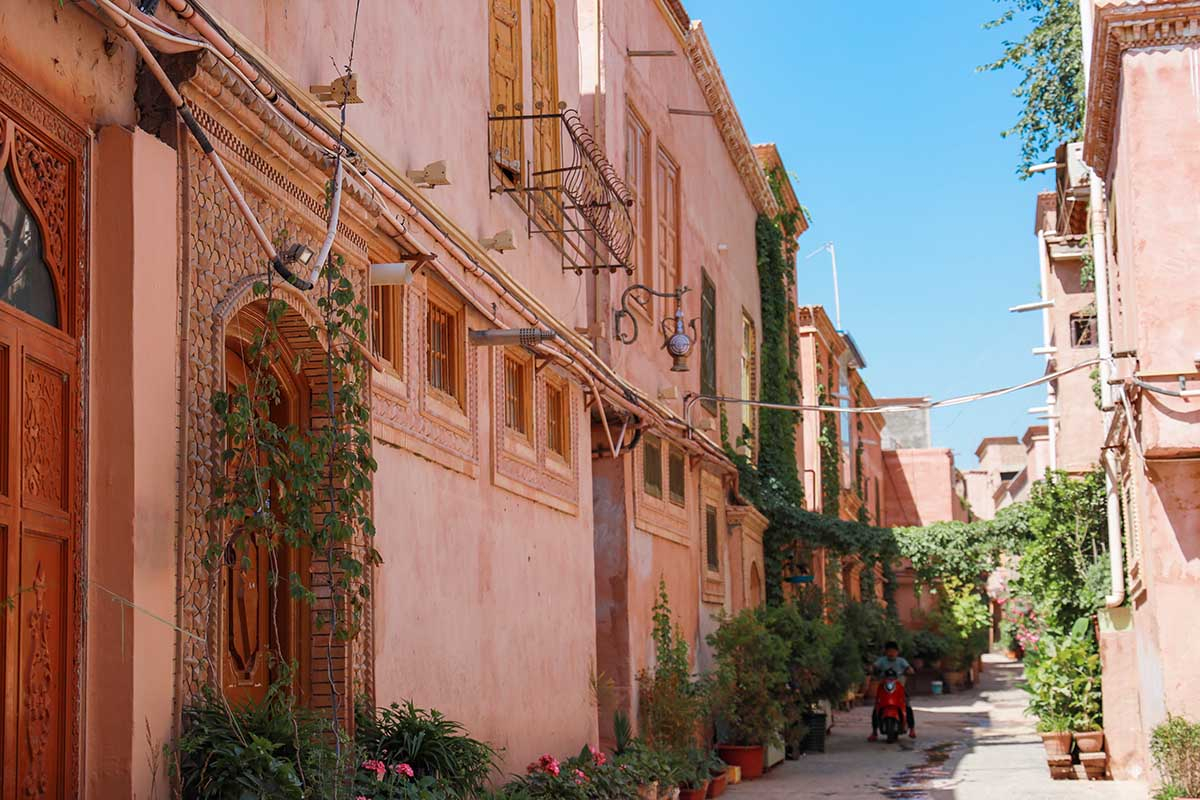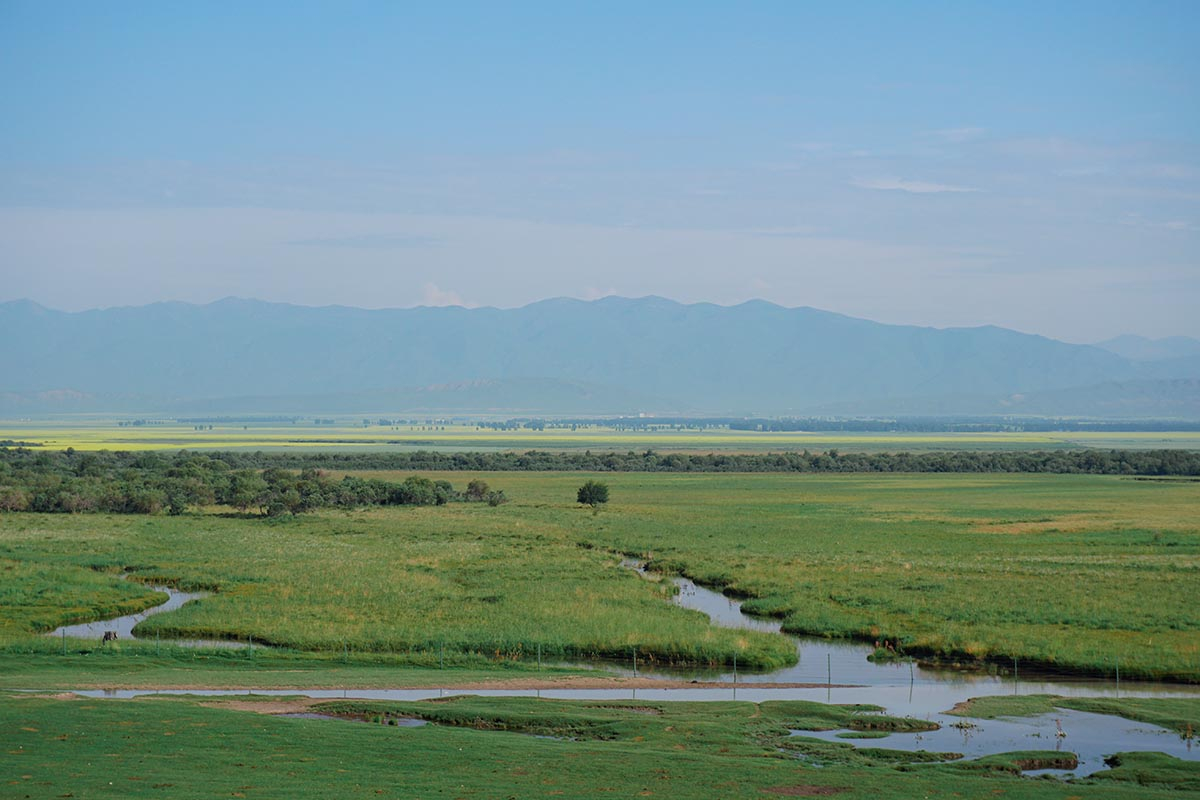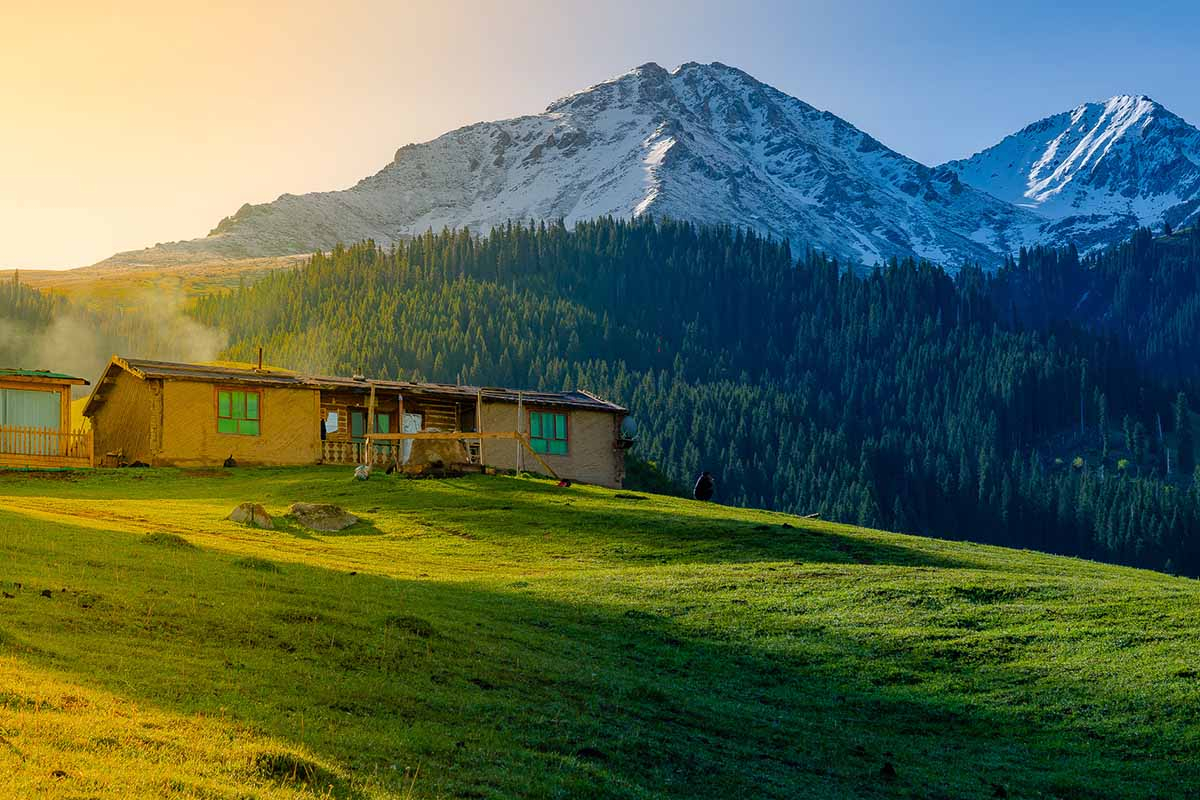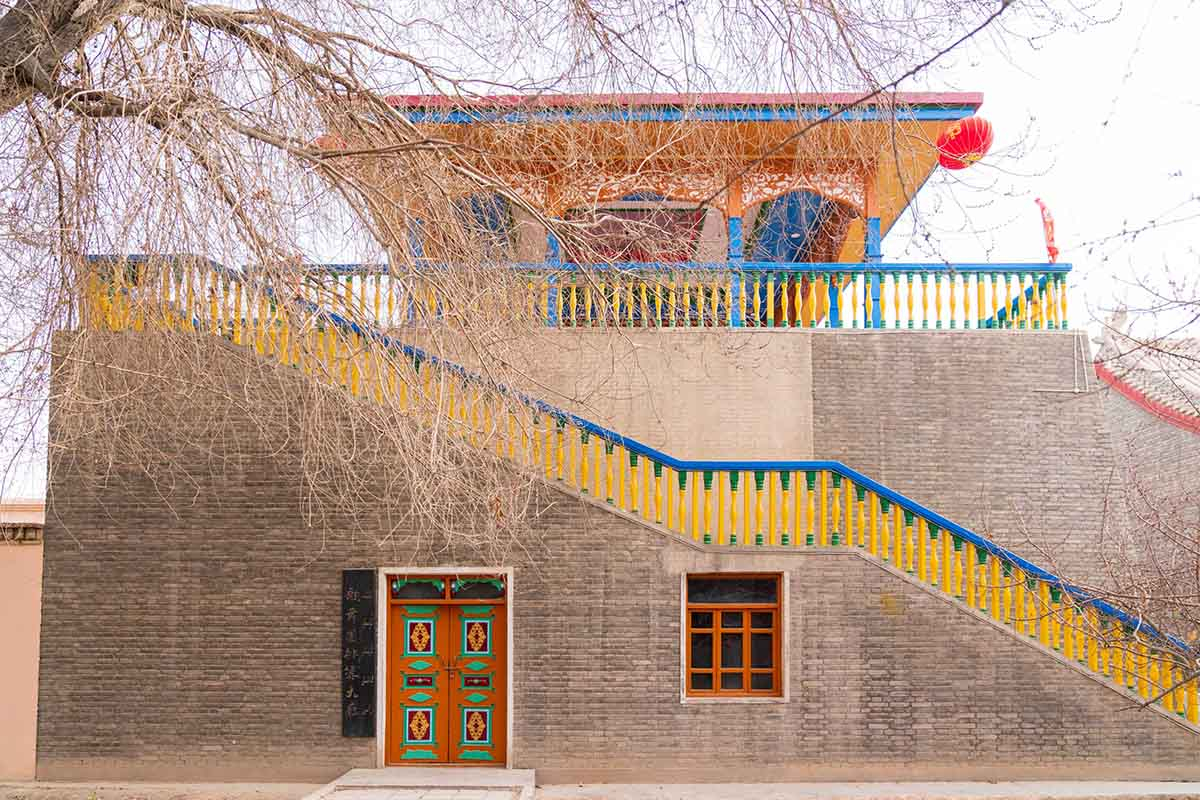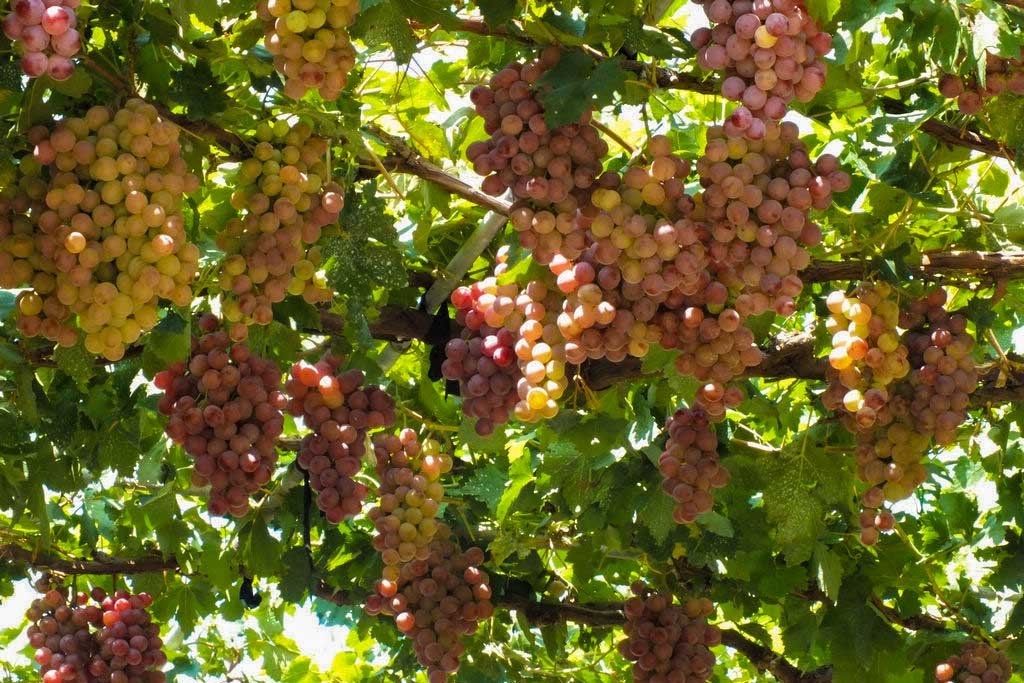Turpan Grape Valley
Turpan Grape Valley
Chinese name: 葡萄沟(Pu Tao Gou)
Location: Gaochang District, Turpan, Xinjiang Province.
Ticket: Entrance ticket CNY60.00, sightseeing bus CNY25.00
Estimated tour time:2-3 hour
Recommended time to visit: Jul to Aug
Nearby attractions: Bezeklik Thousand Buddha Caves, Karez Water System, Jiaohe Ancient Town, Sugong Pagoda, etc.

Looking at the Flaming Mountains in the distance from the city of Turpan, one can see nothing but glowing, barren red sand. But the Grape Valley of the Flaming Mountains, 15 kilometers from the city center, is a world of unique beauty, presenting a striking contrast with the hot, dry and barren outside.
Cushioned by green grass and graced with green trees, the valley is a world of green with brooks, canals and sparkling springs. There is a poetic flavor to the idyllic beauty of the valley. Scattered everywhere in the valley are trees: mulberry, peach, apricot, apple, pomegranate, pear, fig, walnut, elm, poplar and willow; also watermelons and muskmelons, making the valley into a "garden of one hundred flowers" in spring and an "orchard of one hundred kinds of fruits" in summer. In the valley there is a reception center where dense grapevines interweave with each other and winding paths lead to secluded places with clusters of grapes within easy reach.
Eight kilometers long, half a kilometer wide and inhabited by about 6,000 people of the Uygur, Hui and Han nationalities, the Grape Valley has more than 400 hectares of cultivated land, 220 hectares of which is grape-growing area. Grapes growing in the valley are of several strains, including the seedless white, rose-pink, mare-teat, black, Kashihar, Bijiagan and Suosuo. There is a fruit winery producing several kinds of wines and canned grapes.

Looking at the Flaming Mountains in the distance from the city of Turpan, one can see nothing but glowing, barren red sand. But the Grape Valley of the Flaming Mountains, 15 kilometers from the city center, is a world of unique beauty, presenting a striking contrast with the hot, dry and barren outside.
Cushioned by green grass and graced with green trees, the valley is a world of green with brooks, canals and sparkling springs. There is a poetic flavor to the idyllic beauty of the valley. Scattered everywhere in the valley are trees: mulberry, peach, apricot, apple, pomegranate, pear, fig, walnut, elm, poplar and willow; also watermelons and muskmelons, making the valley into a "garden of one hundred flowers" in spring and an "orchard of one hundred kinds of fruits" in summer. In the valley there is a reception center where dense grapevines interweave with each other and winding paths lead to secluded places with clusters of grapes within easy reach.
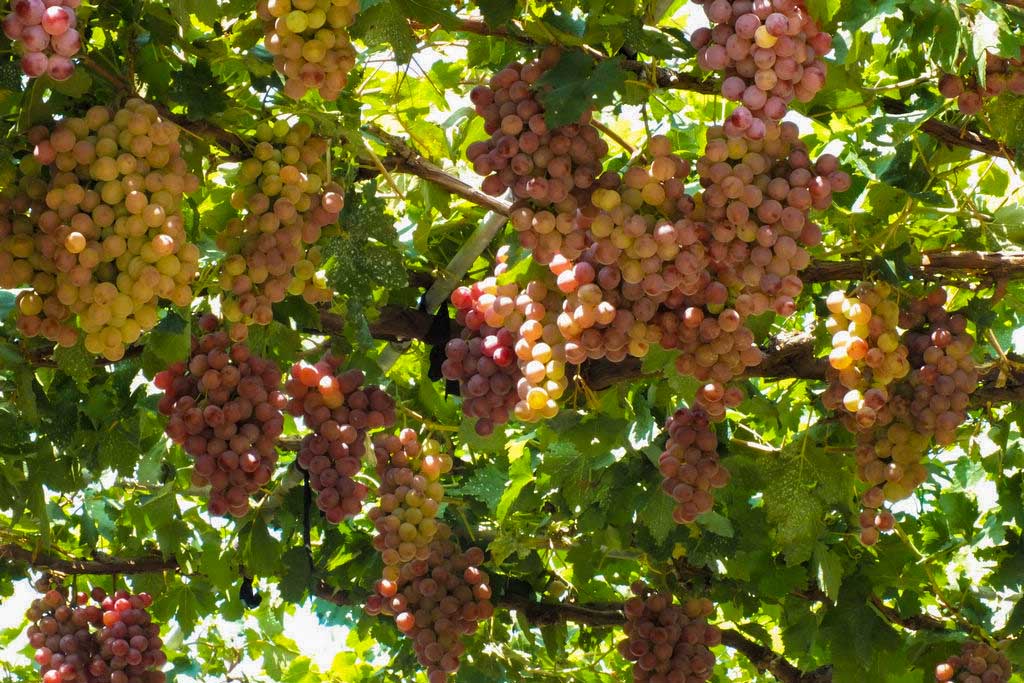
Eight kilometers long, half a kilometer wide and inhabited by about 6,000 people of the Uygur, Hui and Han nationalities, the Grape Valley has more than 400 hectares of cultivated land, 220 hectares of which is grape-growing area. Grapes growing in the valley are of several strains, including the seedless white, rose-pink, mare-teat, black, Kashihar, Bijiagan and Suosuo. There is a fruit winery producing several kinds of wines and canned grapes.
- HOTEST
- RECOMMEND

